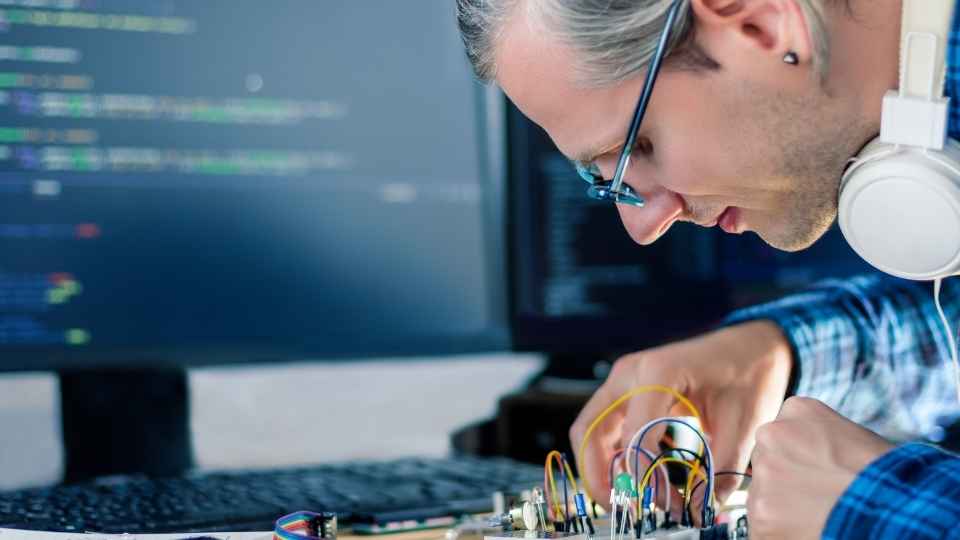
The integration of autonomous vehicles in the field of robotics has revolutionized the way robotic control systems operate. One clear example of this pioneering technology can be seen in the advancements made by robotics engineers in developing control systems for autonomous vehicles.
These vehicles, equipped with sophisticated artificial intelligence capabilities, have allowed for a more efficient and precise control over robotic operations. However, along with these innovations come challenges that need to be overcome to ensure safety and optimize performance.
In this article, we will explore how autonomous vehicles are pushing the boundaries of robotic control systems and discuss their implications for the future of robotics engineering.
Key Takeaways
- Autonomous vehicles revolutionize transportation by minimizing human intervention and integrating advanced sensors, AI algorithms, and precision control systems.
- The integration of artificial intelligence in autonomous vehicles enhances their capabilities and leads to safer, more efficient, and more intelligent robotic control systems.
- AI algorithms in autonomous vehicles enable real-time data analysis, split-second decision-making, and accurate detection and interpretation of road signs, traffic signals, and pedestrian movements.
- The collaboration between robotics engineers and autonomous vehicle developers fuels the advancements in control system technology and leads to breakthroughs in perception systems and human-machine interaction.
The Role of Autonomous Vehicles in Advancing Robotic Control Systems
Autonomous vehicles are playing a pivotal role in pushing the boundaries of robotic control systems, transforming them from theoretical concepts to practical applications. These vehicles, equipped with advanced sensors, artificial intelligence algorithms, and precision control systems, are revolutionizing transportation and paving the way for a future where human intervention is minimized.
The development of autonomous vehicles requires intricate engineering and integration of various components such as perception systems, decision-making algorithms, and actuation mechanisms. These advancements not only enhance the safety and efficiency of transportation but also have far-reaching implications for other industries like logistics and delivery services.
With autonomous vehicles at the forefront of technological innovation, they serve as a catalyst for further research and development in robotics by demonstrating the potential capabilities of intelligent machines. As the field progresses, autonomous vehicles will continue to redefine our understanding of robotic control systems while opening doors to new possibilities for freedom in mobility.
Integration of Artificial Intelligence in Autonomous Vehicles for Robotic Control
The integration of artificial intelligence (AI) in autonomous vehicles has revolutionized robotic control systems.
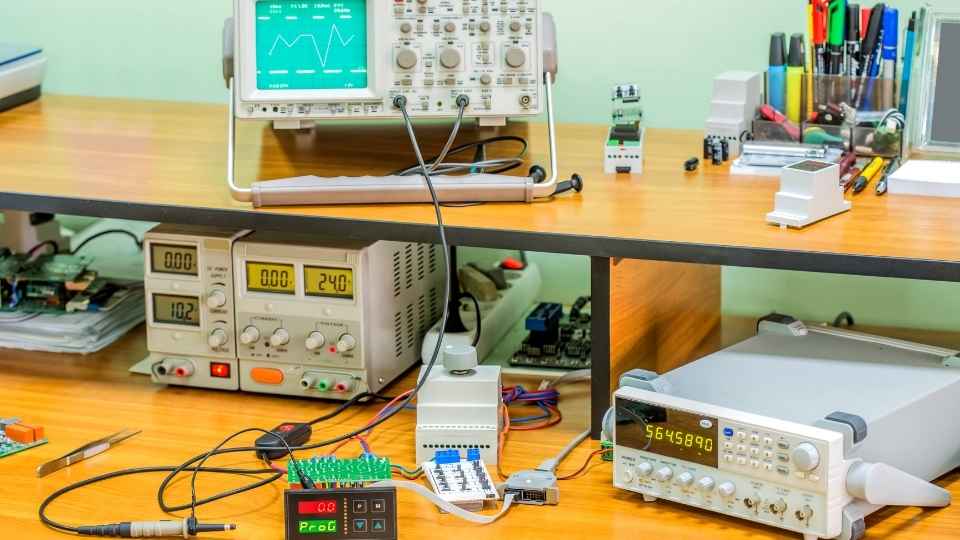
Through advanced algorithms and machine learning techniques, AI allows autonomous vehicles to make real-time decisions and adapt to changing environments with precision and efficiency.
This integration not only enhances the capabilities of autonomous vehicles but also opens up new opportunities for advancements in robotic control, ultimately leading to safer, more efficient, and more intelligent robotic systems.
AI in Autonomous Vehicles
AI in autonomous vehicles has revolutionized the way robotic control systems operate, allowing for enhanced decision-making capabilities and increased safety on the roads. Through the integration of AI algorithms, autonomous vehicles are able to analyze vast amounts of data from sensors, cameras, and other sources in real-time. This enables them to make split-second decisions based on a combination of pre-programmed rules and machine learning algorithms.
AI-powered autonomous vehicles can detect and interpret road signs, traffic signals, and pedestrian movements with high accuracy. They can also anticipate potential hazards such as sudden lane changes or obstacles in their path. By continuously learning from their environment and adapting to changing conditions, these vehicles are shaping the future of transportation by providing safer and more efficient mobility options for individuals who desire freedom on the roads.
Robotic Control Advancements
Advancements in the field of robotics have paved the way for more sophisticated control mechanisms that allow for increased precision and efficiency in complex tasks. These advancements have also opened up new possibilities for autonomous vehicles, enabling them to pioneer robotic control systems. The integration of robotics and autonomous vehicles has revolutionized transportation by providing safer, more efficient, and environmentally friendly alternatives.
Here are three emotional responses that this technological progress evokes:
Excitement: The prospect of self-driving cars promises a future where commutes become stress-free and enjoyable.

Safety: Autonomous vehicles equipped with advanced robotic control systems can significantly reduce human error-related accidents, offering peace of mind to drivers and pedestrians alike.
Freedom: With robotic control advancements, individuals gain the freedom to focus on other activities during their travels or even regain independence if they have mobility issues.
As robotics continues to advance, it is evident that autonomous vehicles will play a crucial role in pioneering these innovative control systems, fundamentally transforming the way we travel.
Benefits of Integration
Integration of advanced control mechanisms in various industries brings forth numerous benefits, such as increased efficiency, improved safety measures, and enhanced productivity.
In the context of robotic control systems for autonomous vehicles, this integration is particularly crucial. By incorporating advanced control algorithms and sensing technologies, autonomous vehicles can navigate complex environments with precision and make real-time decisions to ensure safe operation.
The integration of these control mechanisms allows for seamless communication between the vehicle's sensors, actuators, and decision-making algorithms. This results in improved fuel efficiency through optimized route planning and reduced idle time. Moreover, it enhances safety by enabling collision avoidance systems that can detect and react to potential hazards faster than human drivers.
Additionally, integrating cutting-edge control mechanisms facilitates the development of innovative features like adaptive cruise control and lane-keeping assist systems.
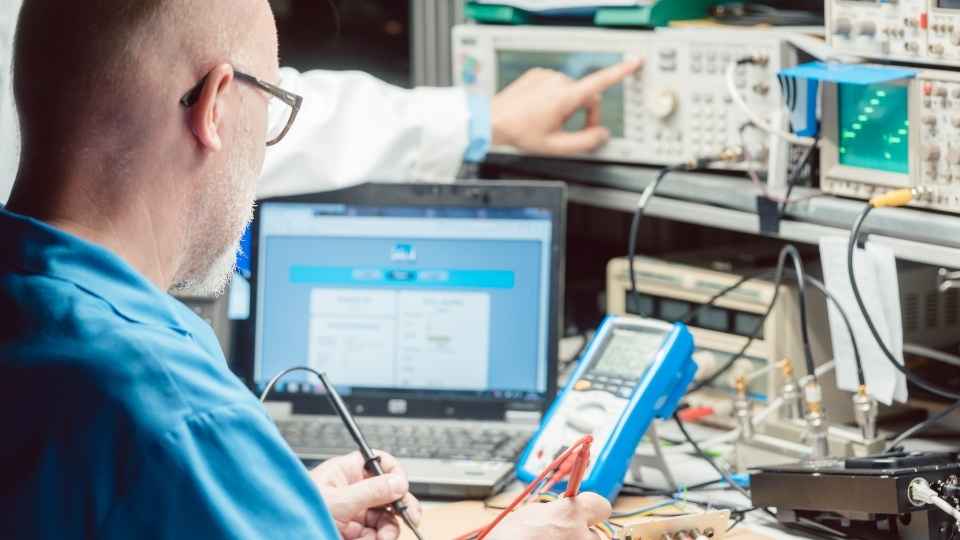
As we delve into the challenges and innovations in robotic control systems for autonomous vehicles, it becomes evident that further advancements are necessary to overcome hurdles associated with scalability, reliability, and regulatory frameworks while ensuring optimal performance levels are maintained.
Challenges and Innovations in Robotic Control Systems for Autonomous Vehicles
The development of robotic control systems for autonomous vehicles presents numerous challenges and opportunities for innovation.
One major challenge is real-time obstacle detection, as the vehicle must be able to quickly and accurately identify and respond to potential hazards in its environment.
Additionally, sensor fusion techniques play a crucial role in integrating data from different sensors to improve perception capabilities.
Real-Time Obstacle Detection
To effectively navigate complex environments, autonomous vehicles rely on real-time obstacle detection capabilities. This crucial functionality allows these vehicles to perceive and react to obstacles in their path, ensuring the safety of both passengers and pedestrians. The advancements made in real-time obstacle detection have revolutionized the field of autonomous vehicles and have evoked a sense of awe and wonder among those interested in this technology.
The emotional response triggered by this innovation can be seen through:
A feeling of freedom: Autonomous vehicles give individuals the freedom to relax or work during their commute, knowing that the vehicle is constantly vigilant for potential obstacles.
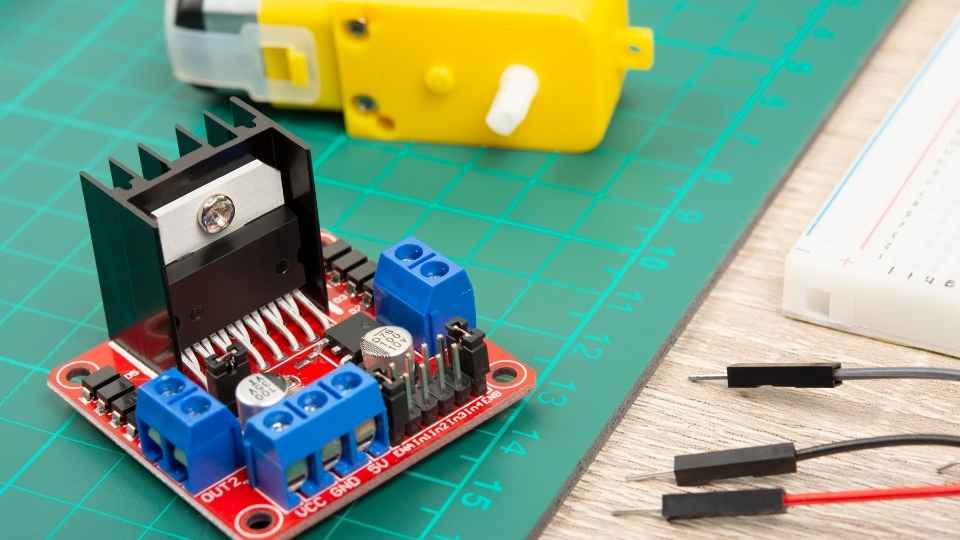
A sense of security: Real-time obstacle detection provides a layer of protection against accidents caused by human error or unexpected hazards.
Excitement for future possibilities: With each advancement in obstacle detection technology, people become more excited about the potential for fully autonomous vehicles that can navigate any environment.
Transitioning into the next section about sensor fusion techniques, it is worth exploring how combining data from multiple sensors enhances real-time obstacle detection capabilities even further.
Sensor Fusion Techniques
By combining data from various sensors, such as lidar, radar, and cameras, sensor fusion techniques can enhance the real-time obstacle detection capabilities of autonomous vehicles.
Sensor fusion is a fundamental component of autonomous vehicle control systems, as it enables the vehicle to gather information from multiple sources and create a comprehensive understanding of its surroundings.
This process involves integrating data from different sensors to generate a more accurate and reliable representation of the environment. Lidar provides detailed 3D maps of the surrounding objects, radar detects their position and velocity, while cameras capture visual information.
Adaptive Control Algorithms
Adaptive control algorithms are essential for optimizing the performance of sensor fusion techniques in autonomous vehicle systems. These algorithms enable real-time adjustments to the control parameters based on changing environmental conditions and system dynamics. By continuously adapting, these algorithms enhance the accuracy and reliability of sensor fusion, which is crucial for autonomous vehicles to make informed decisions.
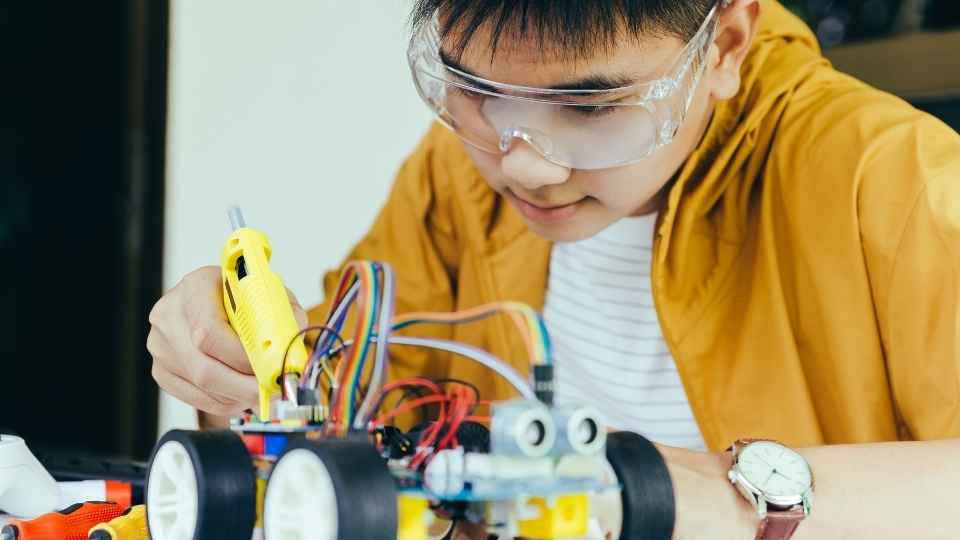
Emotional response:
Excitement: Witnessing the advancements in adaptive control algorithms instills a sense of excitement about the future possibilities of autonomous vehicles.
Confidence: Knowing that adaptive control algorithms are being developed and implemented gives a sense of confidence in the safety and effectiveness of autonomous vehicles.
Freedom: The progress in adaptive control algorithms empowers individuals with the freedom to trust technology to navigate complex environments, ultimately leading to more efficient transportation systems.
Enhancing Safety and Efficiency in Robotic Control Systems Through Autonomous Vehicles
Autonomous vehicles are playing a pivotal role in improving safety and efficiency within robotic control systems. These vehicles, equipped with advanced sensors, artificial intelligence algorithms, and precise navigation systems, enable them to operate without human intervention. This level of autonomy allows for increased precision and accuracy in executing tasks, minimizing errors and reducing the risk of accidents.
Additionally, autonomous vehicles can communicate with each other and exchange data in real-time, enabling collaborative decision-making and optimizing resource allocation. By incorporating these vehicles into robotic control systems, industries such as manufacturing, logistics, and transportation can benefit from enhanced productivity and streamlined operations.
The integration of autonomous vehicles has the potential to revolutionize the way robots are controlled by enabling seamless coordination between different entities within a system. As we explore further into the future implications of autonomous vehicles on robotic control systems...
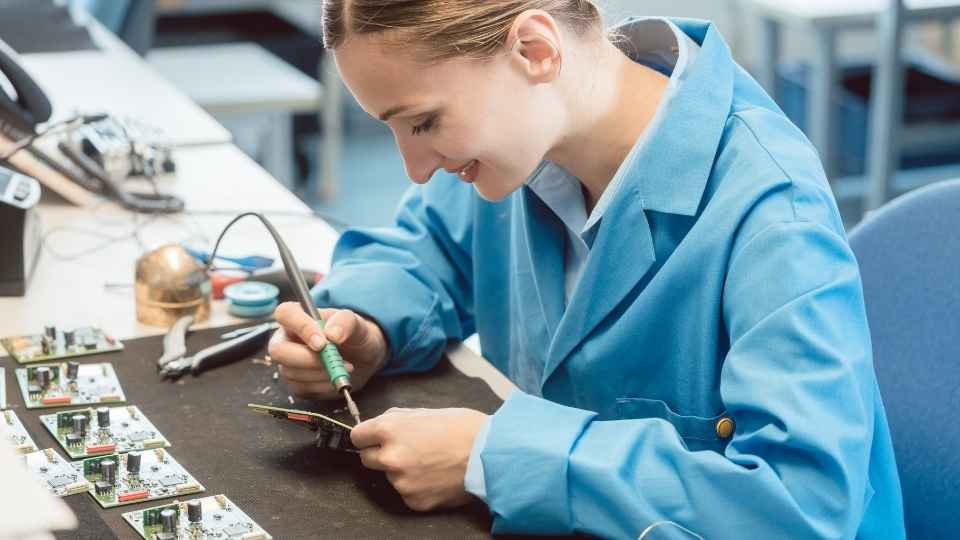
Future Implications of Autonomous Vehicles on Robotic Control Systems
As autonomous vehicles continue to advance, their impact on robotic control systems is becoming increasingly evident. The future implications of this integration hold great promise for the field of robotics engineering. Here are three key aspects that evoke an emotional response in those who desire freedom:
Increased Efficiency: Autonomous vehicles can optimize routes and minimize idle time, enhancing overall productivity.
Enhanced Safety: With advanced sensor technologies, autonomous vehicles can detect and avoid potential hazards, reducing the risk of accidents.
Improved Accessibility: By integrating autonomous vehicle capabilities into robotic control systems, individuals with limited mobility can gain greater independence and freedom.
The convergence of autonomous vehicles and robotic control systems opens up new possibilities for collaboration between engineers in both fields. This collaboration will lead to advancements in robotic control system technology, further revolutionizing the way robots operate and interact with their environment.
Collaboration Between Robotics Engineers and Autonomous Vehicle Developers for Robotic Control System Advancements
The collaboration between developers of advanced vehicle technology and experts in robotics is fueling significant advancements in control system capabilities. Autonomous vehicles, with their increasing integration of sophisticated robotic systems, are pioneering the way for the development of cutting-edge control systems. The seamless coordination between these two fields has led to remarkable innovations that enhance the freedom and autonomy of both humans and machines.
By combining the expertise of robotics engineers and autonomous vehicle developers, novel control algorithms have been designed to navigate complex environments with precision and efficiency. These advancements enable autonomous vehicles to make real-time decisions based on sensor data, ensuring safe and reliable operation. Additionally, collaborative efforts have resulted in the development of robust perception systems that can accurately detect objects and interpret their intentions.
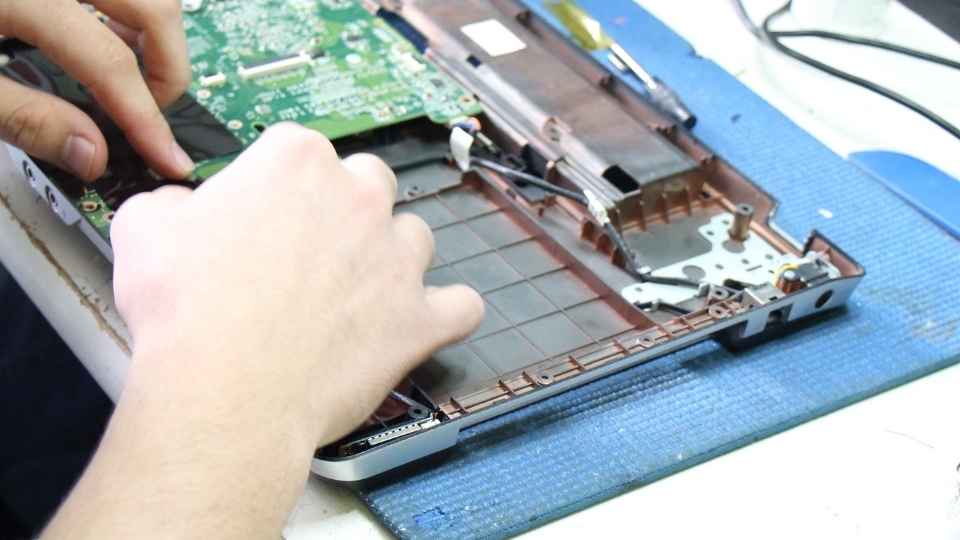
Moreover, the fusion of robotics and advanced vehicle technology has paved the way for breakthroughs in human-machine interaction. The incorporation of natural language processing, gesture recognition, and other intuitive interfaces empowers users to interact with autonomous vehicles effortlessly.
Frequently Asked Questions
What Is the Current State of Autonomous Vehicles and Their Impact on Robotic Control Systems?
The current state of autonomous vehicles and their impact on robotic control systems is advancing rapidly. These vehicles are pioneering new technologies and techniques that enhance the capabilities of robotic control systems, leading to improved efficiency, safety, and autonomy in various industries.
How Does the Integration of Artificial Intelligence Contribute to the Development of Autonomous Vehicles for Robotic Control?
The integration of artificial intelligence plays a crucial role in the development of autonomous vehicles for robotic control. By leveraging AI algorithms, these vehicles can analyze and interpret data in real-time, enabling them to make informed decisions and navigate complex environments autonomously.
What Are the Major Challenges Faced in Designing Robotic Control Systems for Autonomous Vehicles, and What Innovative Solutions Have Been Developed to Overcome Them?
The major challenges in designing control systems for autonomous vehicles include sensor fusion, decision-making algorithms, and ensuring safety. Innovative solutions involve the use of advanced machine learning techniques, real-time data processing, and redundant systems to overcome these challenges.
How Do Autonomous Vehicles Enhance Safety and Efficiency in Robotic Control Systems, and What Specific Features or Technologies Enable These Improvements?
Autonomous vehicles enhance safety and efficiency in robotic control systems through various features and technologies. These include advanced sensors, machine learning algorithms, real-time data processing, and decision-making capabilities, all aimed at minimizing human error and optimizing performance.
What Are the Potential Future Implications of Autonomous Vehicles on the Field of Robotic Control Systems, and How Might They Shape the Industry in the Coming Years?
The potential future implications of autonomous vehicles on the field of robotic control systems are vast. These vehicles have the ability to revolutionize industries such as transportation, logistics, and manufacturing, shaping the industry in the coming years through increased efficiency, safety, and productivity.
 Basic Electronics ConceptsEssential ToolsCircuit Design BasicsMicrocontrollersDIY Electronics ProjectsRoboticsPrivacy PolicyTerms And Conditions
Basic Electronics ConceptsEssential ToolsCircuit Design BasicsMicrocontrollersDIY Electronics ProjectsRoboticsPrivacy PolicyTerms And Conditions
